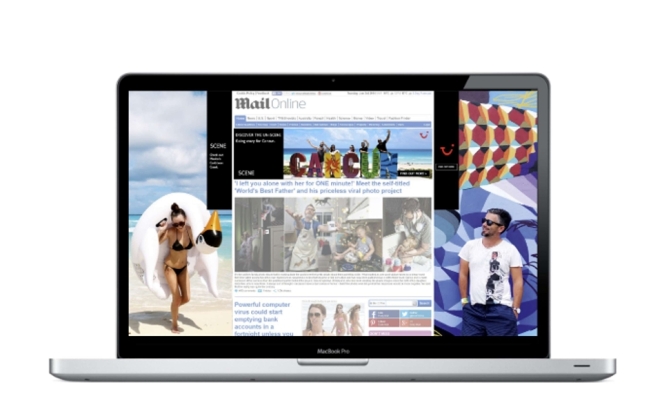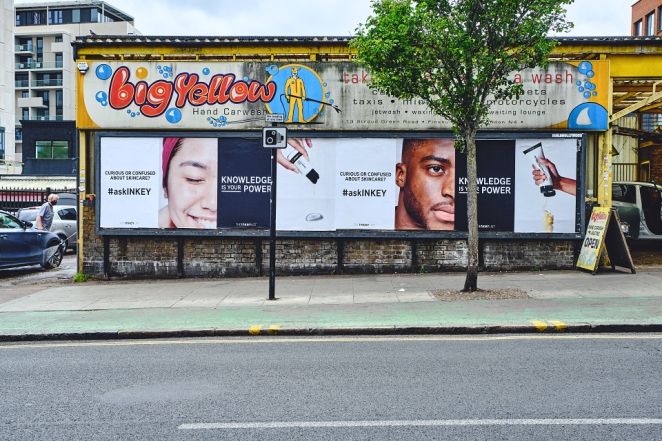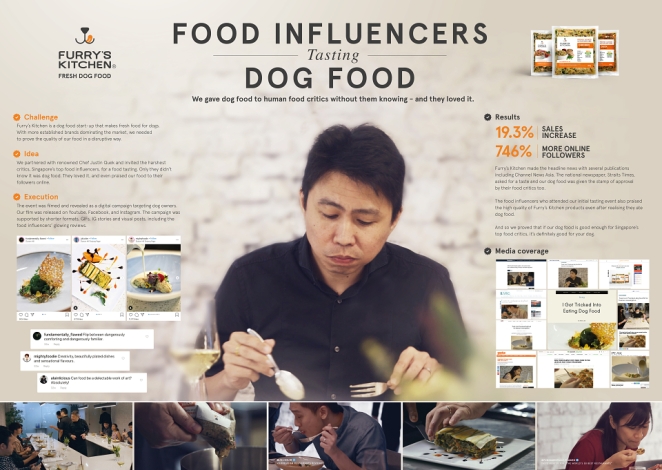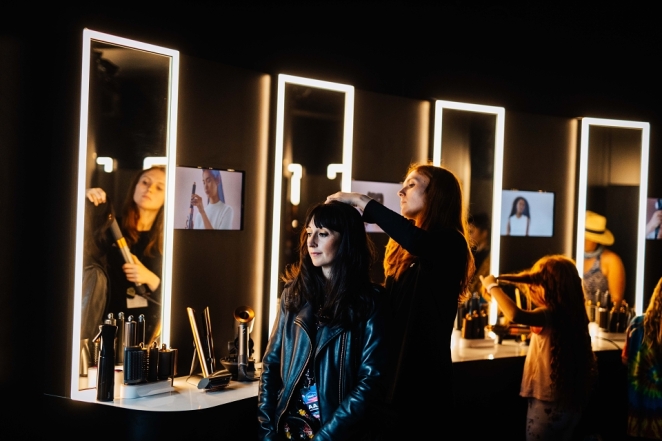Keith Foggan, Founder of social agency System, on what 2024 has in store for us across social media and digital marketing.

Although many people think that influencer marketing is a relatively new phenomenon, borne out of the social media boom, influencers have actually been around for quite some time. Whether it be celebrities, royals or charismatic door-to-door salesmen, businesses have been leveraging voices and personalities to boost sales and build brand awareness as part of their marketing efforts.
When looking at the influencer sphere, it’s interesting to note that there is a pointed difference between a traditional celebrity endorsement and an influencer collaboration. Celebrity endorsements typically involve a business making a large investment in a big name they feel is both closely aligned with their brand and can speak to their demographic. However, it is harder to calculate the short-term benefits of this partnership.

Craigh Lewis
With influencer marketing, it’s somewhat easier to calculate the ROI due to the contractual process. For instance, it’s mandatory that influencers share key engagement metrics. If you couple this with the fact their fees are generally lower than a celebrity then influencers appear to be a good investment for a brand.
influencer marketing couldn’t have reached these heights if it wasn’t successful for both the creator and the brand. Brands leverage this type of marketing because it works for consumers and influencers alike. In 2023, the influencer marketing economy was valued at $21.1 billion and Shopify has predicted that brands will spend 40% of their marketing budget on influencer collaborations in 2024. Even more so, influencer marketing has become a real and viable endeavour with a 2019 survey revealing that 1 in 5 UK children wanted a career in social media.

Sarra Yaya
But does influencer marketing have longevity? As more and more brands turn to niche creators and nano-influencers, it is important for businesses to tweak their influencer marketing strategies ahead of next year in order to stay on top of consumer trends and keep yielding a positive ROI.
Interestingly, in June, The Drum reported that 90% of consumers no longer trust influencers and are instead seeking out UGC and more niche creators. Over the past couple of years, the influencer sphere has become somewhat oversaturated, with consumers becoming wary of the internet personality that ‘can’t live without’ one product one week and ‘swears by’ the same product from a different brand the next. After years of brands choosing a handful of mega influencers with millions of followers for their new campaign, it is time to start digging for that niche creator that speaks directly to a specific audience and, most importantly, that consumers trust.

Marta Kochanek
Reflecting on this year, 2023 has seen the boom of the nano influencer. A nano influencer normally has around 1 - 10k followers who are normally highly engaged with their activity. These types of influencers are normally interested in more niche genres and speak to smaller parts of larger trends e.g. petite fashion or hormonal wellness and by having such niches, form a connection with their followers.
We can only expect to see this continue in 2024 - the continued search for authenticity and connection. However, I predict there will be one key difference that has to be truly defined in 2024; the difference between ‘influencer marketing’ and ‘creator marketing’ and the benefit of investing in the correct one for your brand.

Jonathan Ollivier
When it comes to differentiating the two, nano influencers tend to have a smaller but more engaged audience that trusts them. They can produce often relatable and sometimes raw content. This content feels more native to their chosen platform. Creators differ in this aspect. They’re often known for their highly-polished, high-value production style, showcasing their specialised skills that can be deemed more ‘educational’ as opposed to ‘inspirational’ or ‘relateable’ like a nano-influencer.
There will be a lean towards both these types of social media personalities in 2024, as they both adhere to the consumers' need for authenticity. Which one a brand should opt for is up to the overall aim and what kind and size of audience they want to attract. If a brand wants to build awareness of their product or services, then incorporating nano-influencers into their marketing strategy is a good idea. However, if a brand wants to build brand authority and gain recognition as professionals in their field, a creator may achieve the desired effects better than a traditional influencer.

Neil Smith
With the creator economy set to reach $480 billion in the next 5 years, it’s no surprise that brands and businesses are turning away from traditional influencer marketing strategies and setting their sights on creators, who focus on niche subjects, have a keen understanding of brand values and thrive on authenticity.
Instead of relying on an influencer's own audience and credibility, creator marketing puts the onus on the individual to play to their creative strengths, building on the trust and credibility they already have carved in the digital space. However, brands need to understand what they can expect from a nano-influencer and a creator respectively. A creator may provide clout and more personalised audience share but smaller influencers can make a wider variety of content and speak to a more diverse audience that people resonate with.

Sarah Fritz
In 2024, we will also see the streamlining of algorithms. Social media platforms will make integral changes that will see algorithms get even smarter and start boosting content that gets people talking. Where metrics such as engagement once reigned supreme, there will be a larger focus on sharing and reach. Algorithms will favour content that sparks reactions and encourages further engagement - not just a like and a comment.
This means that shares - publicly or by DM - will become a very important KPI for both creators and brands. Feeds will be full of content that inspires discussions and generates UGC. This trend will link back again to authenticity; genuine and relatable content prompts people to get involved and share their opinions and experiences which will build the sense of community around a brand. This kind of shareable content will increase brand loyalty, find a more organic reach, and build a more substantial online presence.

System
Overall, 2024 will see a huge shift in how brands approach influencer marketing. Brands must seek out influencers who excel at storytelling whilst looking natural and authentic and build long-lasting relationships with these creators. They must focus on content that feels natural, has a clear narrative and urges their audience to get involved and have their say, whether it be positive or negative.




